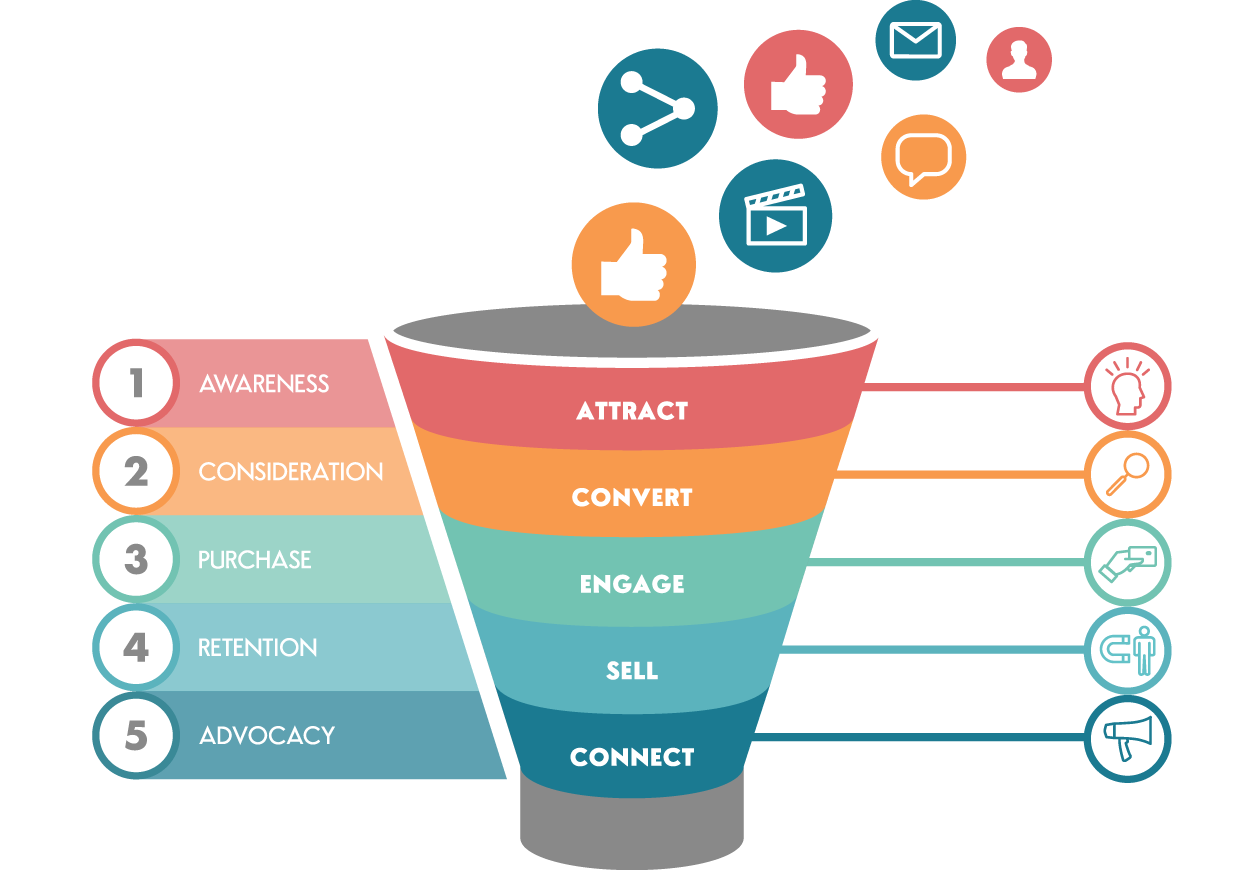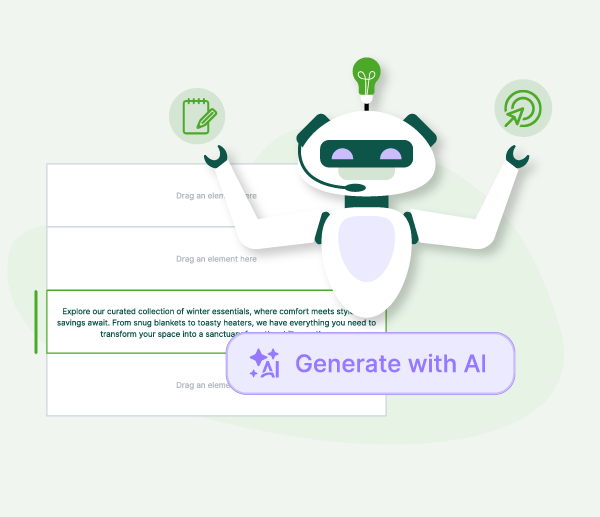5 Reasons Why Personalised Content Drives More Sales
There’s no denying that personalisation has become popular in online marketing circles. But even though it’s a hot topic, it can be a struggle to truly understand what it means, or how to use it to drive more sales.

There’s more to personalisation than knowing a customer’s name or what they bought during their last transaction. Here, we’ll dig into the benefits of personalisation, as it relates to sales, and also show you some useful strategies on how to apply personalisation to your business.
Personalisation Starts With Data
Data is the Alpha and the Omega. Without it, the quest toward personalisation becomes a moot point. But how can you gather the data you need to provide an experience that hits the spot? Well, it can come from a variety of sources such as:
- Analytical Data such as IP address, device type, search engine
- Customer Demographic Information
- Customer Service Records
- Purchase History
- 1st, 2nd And 3rd Party Data
What’s the difference between first, second, and third-party data? Check out our guide!
All of this information can be used to better understand customers, and create personalised content for them. It can be collected from your own data collected on your owned media, purchased, or obtained from public data sources. Once you have the information, you can use it to better understand your audience and drive sales. Here are five reasons that personalisation can improve your results.
1. Personalised Content Adds Value
Personalised content is specific. It goes beyond surface information and generalities. It provides customers with the answers to their questions and gives them information that is contextualised based on their specific situation. The result is that:
Customers who are served personalised content simply find it to be more valuable.
By aggregating and making sense of the data you have, and using it to learn about your target audience, you will identify their interests, problems, and concerns. Then, you can create and curate content around this.
For instance: Imagine that you owned a company that sold camping and other outdoor equipment across the EU. That market covers a wide geographic area. Someone on the coast of Spain is going to have different needs and interests than someone interested in camping in Norway.

The example illustrates an important point: if you try to present each group with the same content, you won’t resonate with either. Instead, you can personalise content by dividing your audience into geographic regions, then customising content for each of these.
2. It Deepens Your Relationships With Customers
Customers love an experience that leaves them feeling special and valued. Make them feel exclusive, and they will reward you with more business. Give them personalised content to convince them that you are paying close attention to their needs.
Personalised content helps you to meet your customers’ needs. It builds trust and it deepens your relationships with them as they come to rely on you for information that is tailored just for them. In return, you get their patronage and loyalty.
3. It Strengthens Your Branding Identity
There are very few brands – if any – that don’t have competition. You can only compete on price and value to some extent. Think of it like this: If you go to the frozen section at your local supermarket, and look for pies, most pies are going to be very closely priced. The differences that do exist will be between different product sizes and cheaper brands vs. more ‘gourmet’ brands.
So, if you’re in the business of selling frozen pies, how do you stand out? You get to know your customers, and you publish content that meets their needs. Are your pies popular with athletic types? Then meet them with content that helps them understand how to incorporate your food into a high protein, healthy, athlete’s diet. If you have vegans in your audience, you can target them with branded content that focuses on the positive environmental impact that your plant-based pies have.
It isn’t enough to simply be the company that provides the products your customers need. You must also be the one that curates the content they need as well. To succeed at this, you must first gather data about your customers, then create buyer personas on which to focus your content.
4. It Solves The Problem of Content Saturation
Marie Fincher, Head of Content at Trust My Paper, often deals with marketing clients who are concerned about content saturation. Many wonder if they should even bother publishing and promoting content if it just gets lost in the crowd. She says:
“People aren’t tired of content, (anymore) than they are tired of books. What they are tired of is content that isn’t meaningful to them. It may seem as if generalised content casts a wide net, but the end results are lacklustre.”
Your content will stand out, and it won’t get lost if you understand your data and tailor the experience to customer needs. That means going beyond names, and creating content to share on your website and social media that answers the right questions.
5. It Helps Your Customers Make Smarter Decisions
Have you ever felt as if a brand steered you wrong? Maybe they gave you the wrong information, or they just didn’t give you enough information at all. Why put your customers in that position? When you create personalised and relevant content, you help to push them through the sales funnel and they feel more confident in their decision-making process.

Even better, their decisions work out better for them. This makes them more likely to return to buy more products and to recommend your brand to others. Create targeted content for low-funnel customers that helps them to learn which products are most likely to be a fit for them. This includes content such as product demonstration videos, whitepapers, and other detailed pieces.
Final Thoughts
72% of customers won’t interact with marketing if the messaging doesn’t resonate with them personally. That’s just one of the many ways in which personalised content can impact your bottom line.
To make the most of personalised content, start by collecting data on your customers. Use that information to categorise your customers and develop personas. Then, understand where your customers are on their journey. Finally, create great content that perfectly dovetails with their needs. By doing these things, your content will get more attention and have more of an impact.

Author: Bridgette Hernandez
Bridgette Hernandez is a Master in Anthropology who is interested in writing and is planning to publish her own book in the near future. She works with professional writing companies such as PickTheWriter and Studicus as a writer. The texts she writes are always informative, based on qualitative research but nevertheless pleasant to read.



